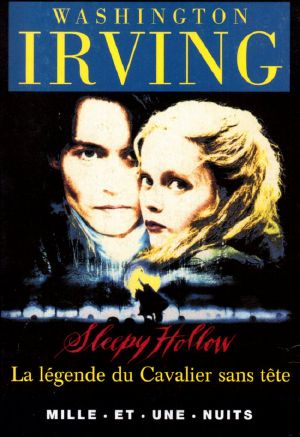Sleepy Hollow, La Légende Du Cavalier Sans Tête

- Authors
- Irving, Washington
- Publisher
- Wildside Press
- Tags
- adapté au cinéma , classics , littérature américaine , horror , fantasy
- ISBN
- 9780809594085
- Date
- 1820-01-01T00:00:00+00:00
- Size
- 0.15 MB
- Lang
- fr
Headless horsemen were staples of Northern European storytelling, featuring in
German, Irish (e.g. Dullahan), Scandinavian (e.g. the Wild Hunt) and English
legends and were included in Robert Burns's "Tam o' Shanter" (1790), and
Burger's Der wilde Jager, translated as The Wild Huntsman (1796). Usually
viewed as omens of ill-fortune for those who chose to disregard their
apparitions, these specters found their victims in proud, scheming persons and
characters with hubris and arrogance. The chief part of the stories, however,
turned upon the favorite specter of Sleepy Hollow, the Headless Horseman, who
had been heard several times of late, patrolling the country; and, it was
said, tethered his horse nightly among the graves in the churchyard. The story
was immediately matched by a thrice marvelous adventure of Brom Bones, who
made light of the Galloping Hessian as an arrant jockey. He affirmed that on
returning one night from the neighboring village of Sing Sing, he had been
overtaken by this midnight trooper; that he had offered to race with him for a
bowl of punch and should have won it too, for Daredevil beat the goblin horse
all hollow, but just as they came to the church bridge, the Hessian bolted,
and vanished in a flash of fire. All these tales, told in that drowsy
undertone with which men talk in the dark, the countenances of the listeners
only now and then receiving a casual gleam from the glare of a pipe, sank deep
in the mind of Ichabod.